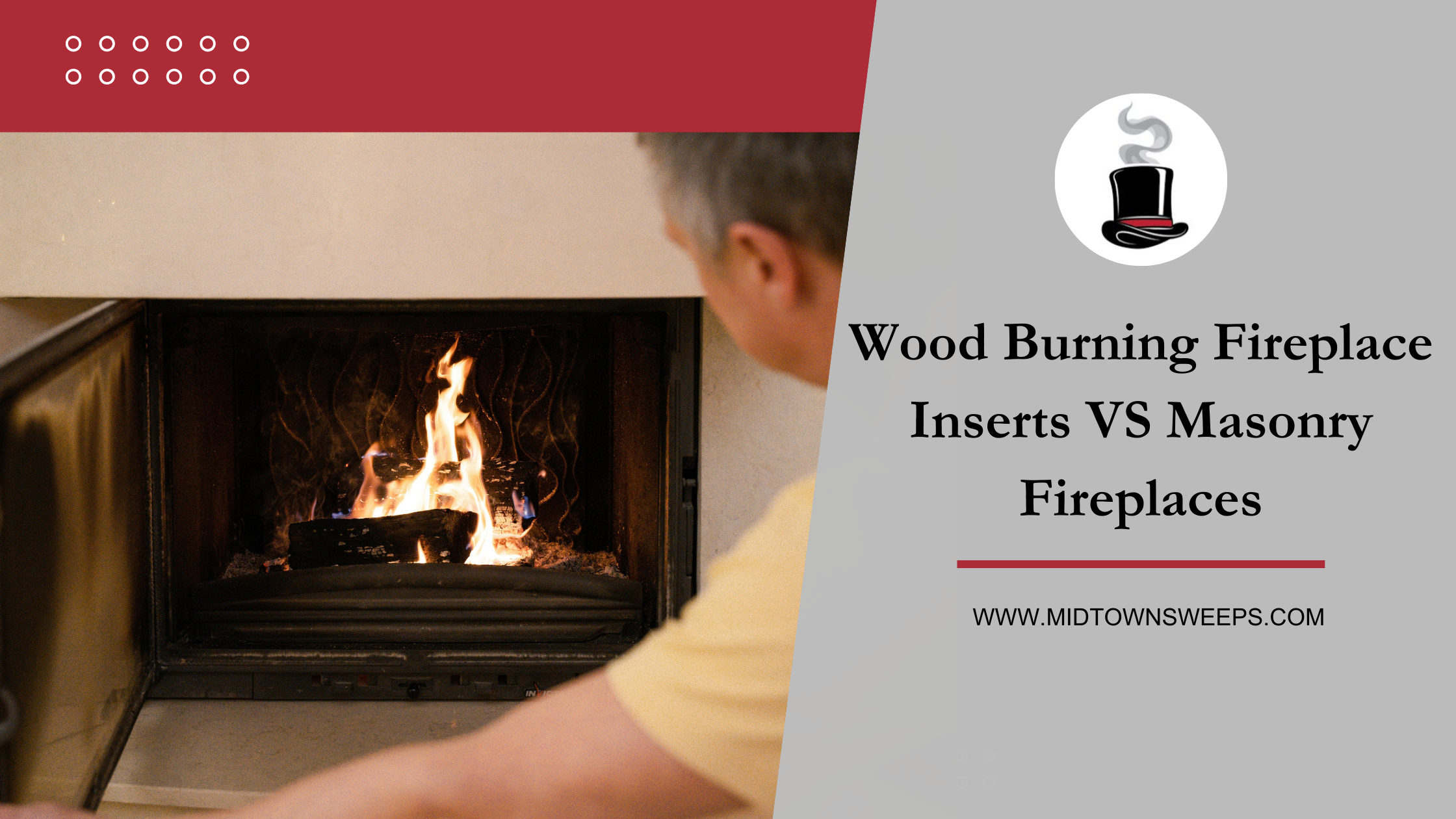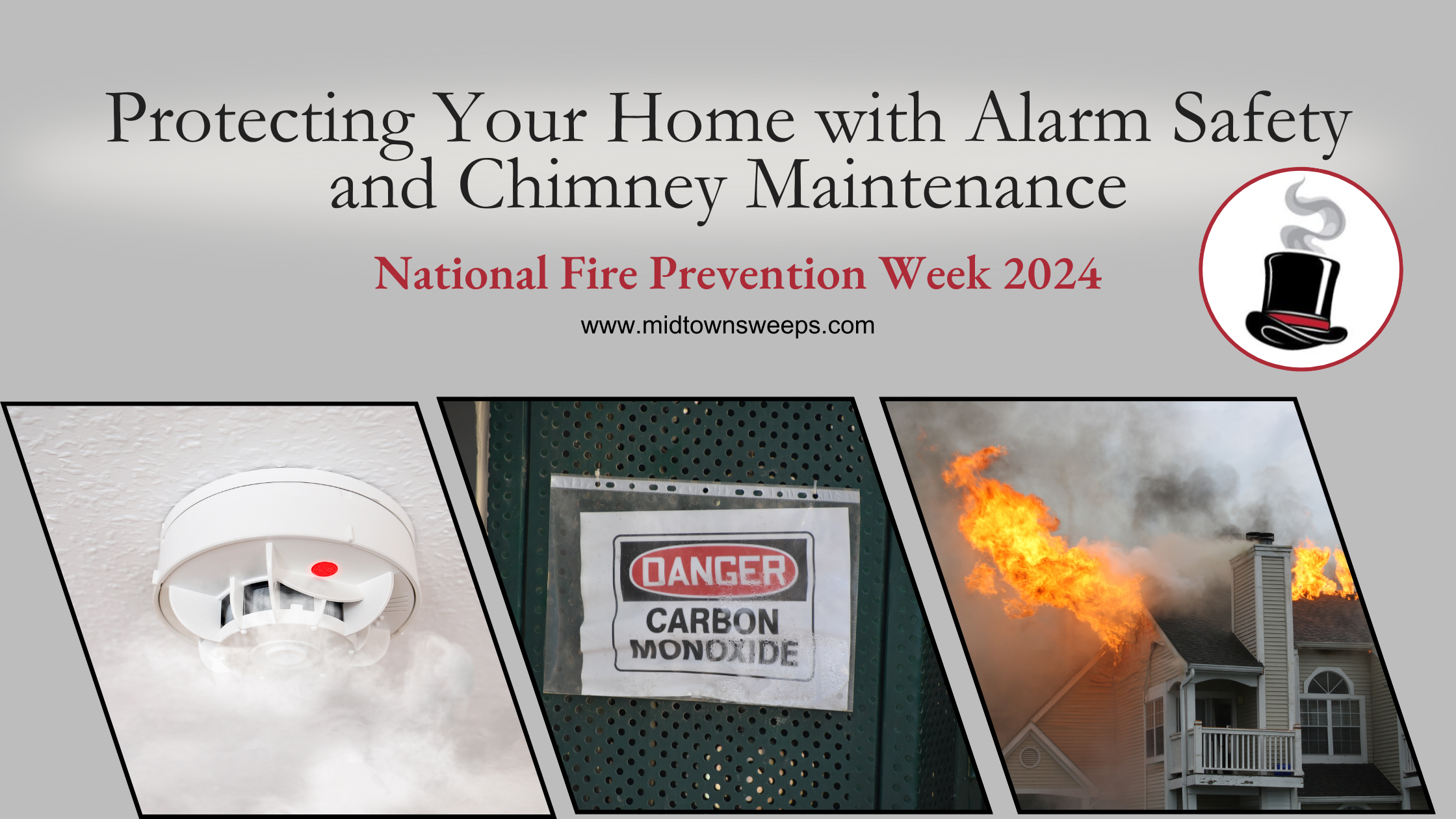Nothing sets the scene for romance and cozy at-home ambiance more effectively than a working fireplace. Unfortunately, behind the toasty perfection of an autumn or winter fire is the need for maintenance and the occasional repair of your fireplace chimney.
Your chimney is easy to forget, but there are certain faults that need your immediate attention. Here are four of the more serious problems you could encounter, and how to address them.
Leaky Chimney
You won’t always see the actual damage, but you’ll have several clues. Depending on the cause and location of the leak, you might see water spots on adjoining walls or ceiling. You might smell mildew or other odors after rainfall, see condensation inside your firebox or even hear the sound of dripping water.
The leakage can be occurring at virtually any point along your chimney route. It could involve damage to roof shingles, the chimney flashing or cracks in the mortar or masonry. Fixes can involve re-shingling or laying new flashing, or replacing the chimney cap or damaged masonry.
Damaged chimney masonry
Your chimney is more complicated than it might seem. The long expanse can be constructed of any, or a combination of, the following materials: brick, mortar, stone, concrete, flue tiles, cast iron, and steel. Since you don’t typically see much of your chimney, you might not even know what it’s constructed of.
Some of these materials crack or crumble easier than others, but whatever damage occurs must be treated before water is allowed to penetrate. If you don’t have a chimney cap, have one installed. That might be your most effective safeguard.
Also, regularly inspect your chimney to make sure the flashing is in good shape. Replace or repair the top of the chimney, also known as the chimney crown, and seal mortar joints wherever deterioration has set in.
Efflorescence on Exterior Chimney Bricks
This curious-sounding term refers to staining that can slowly overtake your exterior chimney surface. It’s usually a white stain, but it could also be other colors. Efflorescence is caused by moisture permeating the brick and leaving a salt residue in mixing with the mortar content. The residue and staining isn’t really the problem — it’s the sign of moisture permeation. It means water is getting in.
Sometimes this is caused because you don’t have a chimney liner or it’s damaged. Get it repaired before things go from bad to worse. Installing a chimney cap can also reduce the risk.
The Buildup of Creosote and Other Obstructions in the Flue
Creosote buildup is why you want to always try to build small, hot fires. They cause less smoke and particulate emissions, and that means less mess and hassle with the crud that forms on your flue and the interior walls of your fireplace and chimney.
Creosote on your flue can clog your chimney, leading to carbon monoxide exposure. The sooty collection can also cause fires where you don’t want them, and even lead to the release of toxic fumes.
If you see creosote, soot and other muck collecting on the walls of your fireplace, it’s probably elsewhere within your chimney system. Your best solution is to hire a chimney sweep. He or she has specialized tools and work experience to deal with the situation before it becomes a bigger problem.
The Power of Preventative Care
Unquestionably, the most effective “cure” to any chimney crisis is addressing the possibility of risk before it becomes a real issue. That means getting your chimney checked out periodically by a qualified expert. It’s much easier and less costly to seal the masonry and take other preventative measures than it might be to repair the damage resulting from worst-case scenario chimney problems.












